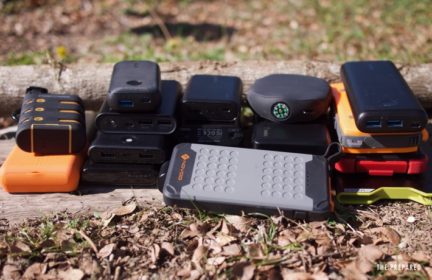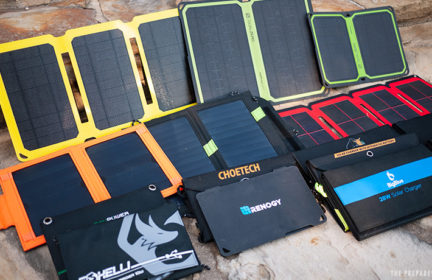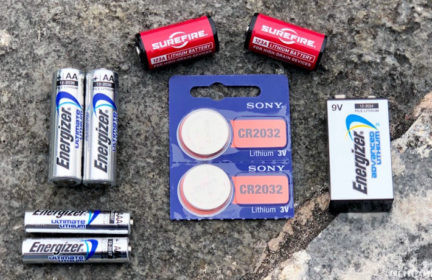Portable solar and power banks best practices?
I admit, I’m starting this thread to highlight a comment I made here (hoping to get it noticed and get answers.)
https://theprepared.com/gear/reviews/portable-solar-chargers/
I wound up getting the Big Blue but for my home, to charge small devices. I have a few questions on this topic.
1) If we’re not supposed to fry our phone battery by putting it in direct sunlight, why is it okay to fry the battery pack?
2) Is it a viable strategy to try to shield the gadget or battery pack from the sun by putting it, for example, under the solar panel or otherwise in the shade?
3) What happens if you plug more than one device into the solar panel? for example, what if you plug in two battery packs. Do they each get charged at half the rate? I’m sure it’s not that neatly broken out, but I’m trying to get the general idea.
4) I am a little bit confused about how to figure out what “perpendicular to the sun” means because the sun is a ball not a plane, to be simplistic about it. Could you explain? Also, what are best practices for propping portable panels up so that they are at the correct angle? .
-
Comments (10)
-


